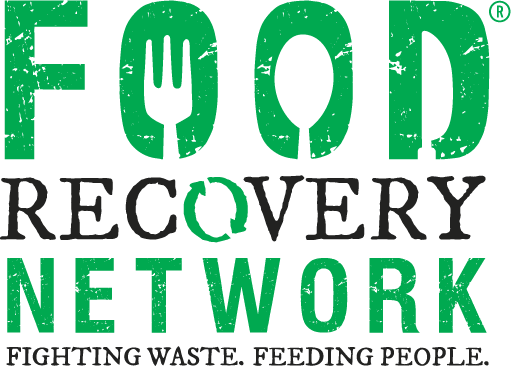In the fall of 2018, the University of Louisiana at Lafayette’s (UL) Office of Sustainability created a “Zero Waste” initiative as part of UL’s overall Sustainability Strategic Plan. This Zero Waste initiative started with the school’s home football games, where trash from inside the stadium would be diverted from the landfill. One focus of this project centered around recovering surplus food from football concessions. Large amounts of food from concessions end up in a landfill after each game instead of feeding many in need throughout the Lafayette community.
Coordination, Partnering, Planning
The first thing the team did was identify all key players for the food recovery within the stadium. We then made a food recovery plan that would be easily integrated within the existing stadium concession operations. We got the Head of Sodexo Stadium Operations on board, who contacted those in charge of the six concessions stands within the stadium. The Head of Catering let the workers and servers in the three press box levels and first floor catered food area in the stadium know about the food recovery. Lastly, Second Harvest Food Bank, our hunger-fighting nonprofit partner agency, who receives all of our donated food, was brought in so they could arrange a driver to pick up the food from the stadium after the football games ended.
After all parties were engaged, the plan was to start collection as soon as the football game let out. Several steps were taken to set up the food recovery. The Second Harvest driver was scheduled to come collect the food about an hour after the game ended. Two to three other student volunteers and I (the president of the FRN chapter at UL) were designated to collect all of the food from the concessions. We planned to collect from the press boxes and catering first, since they were the first to pack up and leave. Once everything was packed up from catering, we went to the stadium gate to meet the Second Harvest driver. There we set up a station where we could load the recovered food onto the truck as we collected it. The other concession stands were instructed to package the prepared food, using their own packaging, and leave the food in the front of the concession stands for us to come around and collect. This made the collection run more efficiently because concessions had time to finish their closing procedures, while we collected from the press boxes.
Like most new and larger food recovery operations, we did not have everything completely ironed out at first. We really didn’t have this plan completely figured out until about the third football game. Thankfully, after working through the first three games, this recovery procedure began to really work for the food recovery team and stadium workers. We are now beginning to apply this food recovery plan to future athletic events.
Outcome and Impact
The impact of recovering food from UL’s football games was something completely unexpected. From the six home football games, we recovered a total of 2,072 pounds of prepared food, which went on to make 1,727 meals for local people in need. We averaged 345 pounds of recovered food per game. The most food the team recovered in one game was a total of 522 pounds. What started out as an initiative within the Office of Sustainability turned into an eye-opener for the faculty, staff, students, and Lafayette community attending these games. No one really understood the amount of food being wasted until it was physically seen being wheeled away from concession stands to the donation vehicle. This project made everyone aware of the environmental and community impact of food recovery. Because of the success of this initiative, we now have other university offices asking us about recovering food from more athletic events and other events on campus, throughout the year. Being involved with this initiative is an amazing experience, and we hope this motivates other FRN chapters to plan something similar on their own campuses.



